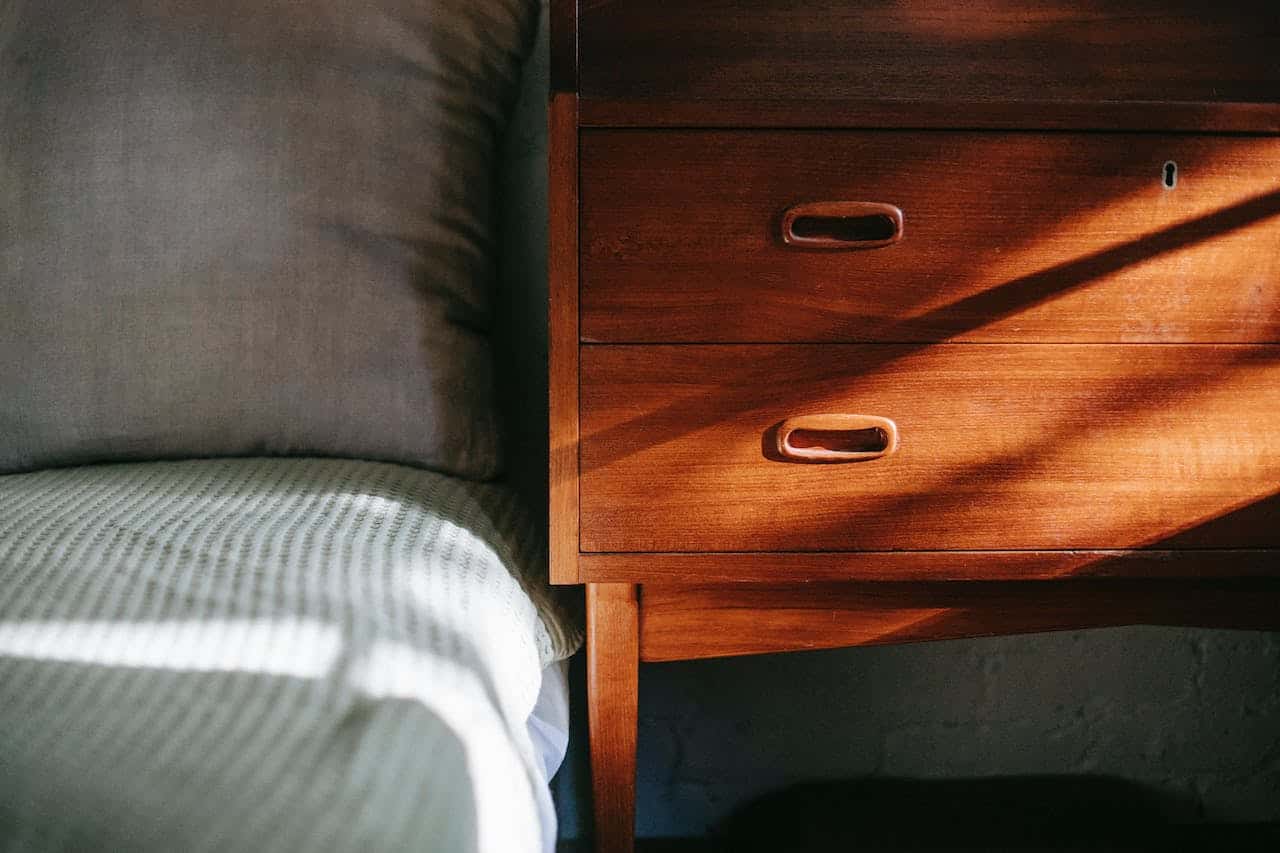At Newrest Funerals, we understand the profound impact of losing a loved one. Our role as an online funeral service provider extends beyond mere arrangements; it involves guiding and supporting you through every step, especially in the immediate aftermath of a loss. When a loved one passes away at home, the process demands sensitivity, care, and a measured approach.
This article aims to provide comprehensive guidance on the immediate actions to take following a death at home, caring for the body, and the significant aspects of dressing and preparing your loved one for their final journey.
What to Do After the Death if the Person is at Home
In these early moments, it is crucial to remain composed and reverent. Regardless of whether the passing was anticipated, like in cases of long-term illness, or if it occurs suddenly, grasping the appropriate actions to take is vital. In this sensitive time frame, reaching out immediately to a funeral director is not a necessity, providing an opportunity for friends and family to gather, reminisce, and offer their final respects in a personal and intimate setting. It’s important to note that there’s no rush in these initial stages, as long as the death is officially registered within five days. To gain a comprehensive insight into the procedures and considerations for this period, we suggest referring to our detailed guide on the appropriate actions to take after someone’s passing, tailored to various specific situations.

Traditionally, it is expected that a funeral director swiftly arrives to collect a deceased individual from their home. However, particularly in instances of an anticipated passing, you are entirely at liberty to spend an extended period with your loved one at home. This period could range from a few hours to several days, or even longer than a week, based on what feels most fitting and comforting for you and your relatives.
Caring for a Loved One at Home: What to Expect and How to Help
Losing someone we love is an incredibly difficult time, and the prospect of physical changes after death can feel overwhelming. It is natural to have questions and worries, and understanding what to expect can bring a sense of calm and control during this emotional journey.
As the body cools to room temperature, the complexion may become paler or change slightly, with blood settling in areas closer to the ground. It’s important to remember that there may be no noticeable changes at all, and that is perfectly normal. Think of it as a natural process, like a candle gradually fading after its flame has extinguished.
Within a few hours, muscles might stiffen in a process called rigour mortis, a temporary state that usually relaxes again after a day or two. The stiffness might not completely disappear, and that is okay. It is recommended to lay someone flat on their back. This helps to minimise the movement and strain that can occur with rigour mortis. Imagine it as gently guiding the body into a comfortable position for its final transition.
The most important factor in caring for a loved one at home is maintaining a cool environment. This slows down natural processes and preserves their peaceful state. Think of it as creating a haven of serenity for your loved one to rest in.
- Turn off heating: Keep the room pleasantly cool, no need for additional warmth.
- Ice pack comfort: Place freezer packs wrapped in a tea towel or a pillowcase on their stomach for gentle cooling.
- Peaceful respite: Contrary to instinct, keep windows closed to prevent outside insects and temperature fluctuations.
- Air conditioning relief: If available, use an air conditioner to maintain a comfortable temperature.
When you are not in the room, cover their face with a sheet or cloth to keep away dust and insects.
For added comfort and temperature control overnight, lay a large bedsheet over their body, tucking it securely under the mattress.
While your loved one is perfectly safe resting in bed, you can certainly move them if it feels right.
Remember, caring for a loved one at home is a deeply personal experience. Listen to your intuition, seek support from professionals if needed, and most importantly, honour the sanctity of this time with love and respect. Think of it as a sacred space where you can say your goodbyes in your own way.
Customising the Final Farewell: Personal Touches in Dressing
Customising the final farewell for your loved one is a deeply personal and significant part of the process. It offers an opportunity to reflect their personality, life, and preferences.
Washing and dressing the deceased is a practice that holds significant emotional, cultural, and practical importance. For many, the act of washing and dressing a loved one who has passed away can be an integral part of the grieving process.
You have the option to gently bathe the deceased using a straightforward method. Prepare a bowl filled with warm water and soft flannels. Gently cleanse their skin with these, and then carefully pat them dry. For a personal touch, consider adding a fragrant oil to the water. This can be a soothing and intimate way to care for your loved one during this time.
Dressing the deceased in their favourite clothes or attire that reflects their personal style is a common practice. This can range from formal wear to something more casual and personal, like a favourite dress, suit, or even a beloved sports jersey. It is about honouring the individuality of the deceased and how they would have liked to be remembered.
Additionally, including personal items such as jewellery, photographs, letters, or even a cherished book can be comforting.
The process of dressing and adding these personal touches is not just about the physical appearance of the deceased. It is a therapeutic process for the bereaved, offering a chance for reflection, expression of love, and a final act of care. It’s a meaningful part of the grieving process, allowing families to feel connected with their loved one until the last moment.
The Significance of Dressing and Preparing the Deceased
Dressing and preparing the deceased is a practice steeped in tradition, respect, and dignity. It’s a final tribute to the life lived and an essential aspect of funeral customs.
This process involves more than just physical preparation; it is an act of honouring the deceased’s journey through life. The careful selection of attire, grooming, and presentation is not merely about aesthetics; it reflects the personality, beliefs, and values of the departed. This ritual serves as a bridge between mourning and remembrance, offering closure to family and friends.
In many cultures and traditions, the way a person is dressed and prepared for their final journey holds profound meaning. It can represent a return to purity, a celebration of their life, or a preparation for the afterlife. For instance, in some traditions, white clothing is used to symbolise peace and purity. In others, specific garments may be chosen to reflect religious or cultural significance.
Conclusion
In conclusion, the journey of saying farewell to a loved one is a path filled with emotions, traditions, and personal expressions. At Newrest Funerals, we are dedicated to supporting you through every step of this journey.
If you are navigating the complexities of arranging a funeral, we invite you to explore our services. Our compassionate team is here to guide you, offering professional advice and personalised support. Whether you seek a traditional funeral, an eco-friendly farewell, or guidance on immediate steps after a loved one’s passing at home, Newrest Funerals is committed to being your trusted partner. Please contact us to learn more about how we can assist you in honouring the life and legacy of your loved one.


